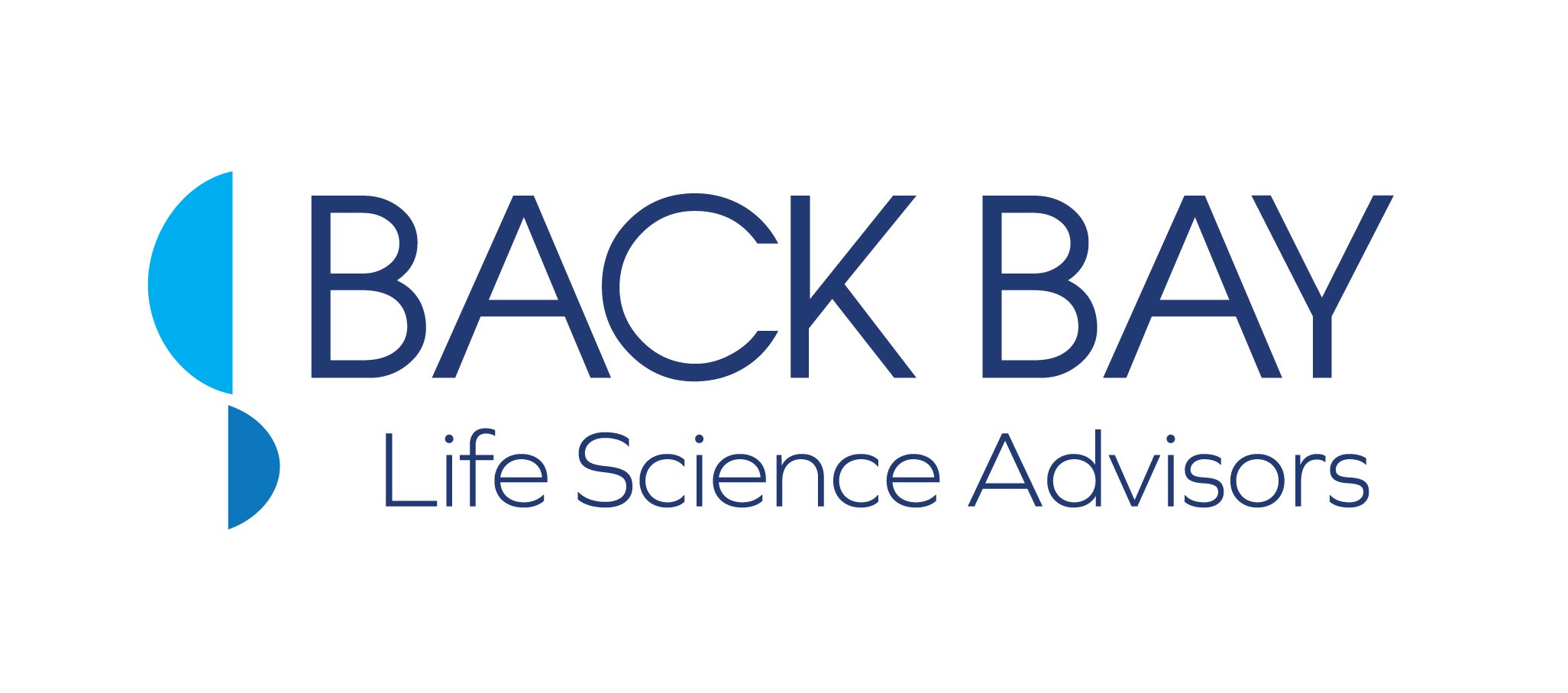Med Device Online: An Overview of The Remote Patient Monitoring Device & Telehealth Market
By Jonathan P. Gertler, MD, and John E. Osborn, JD, MIPP
Remote patient monitoring (RPM) has been present conceptually in clinical medicine for many years and its current prominence is the result of many years of evolutionary technology. The migration from invasive to noninvasive means of physiologic monitoring initially drew interest to diminish the potential complications of invasive procedures as well as during recovery from critical illness. The increase in remote monitoring today parallels the rise in accuracy of remote and efficient noninvasive physiologic monitoring and the utility of multiple measured parameters incorporated into one device or system. The disintermediation of what was previously expensive hospital or specialized area-based testing centers for a variety of conditions, the utility of these devices to monitor and diagnose conditions in real time and on a real-life basis, and the algorithm-driven approach to physiologic data are all noteworthy elements of the shifting care paradigm.
Factors enabling this trend include improved technology; a meaningful expansion of the infrastructure by which patients can access integrated delivery systems and communicate with physicians and other providers; a greater fluency among the general population, including the geriatric population, with these technologies; and, recently, the pandemic and the need to minimize the risk of patients being exposed to a deadly virus.
With this level of interest in the migration to remote patient monitoring, investment dynamics have changed considerably. It is worth reviewing the current trends in the investment space and the M&A and public markets, as well as the criteria and parameters by which investments, either in the United States or across the border, will need to be measured to identify those opportunities that hold greatest promise for this evolving system.
